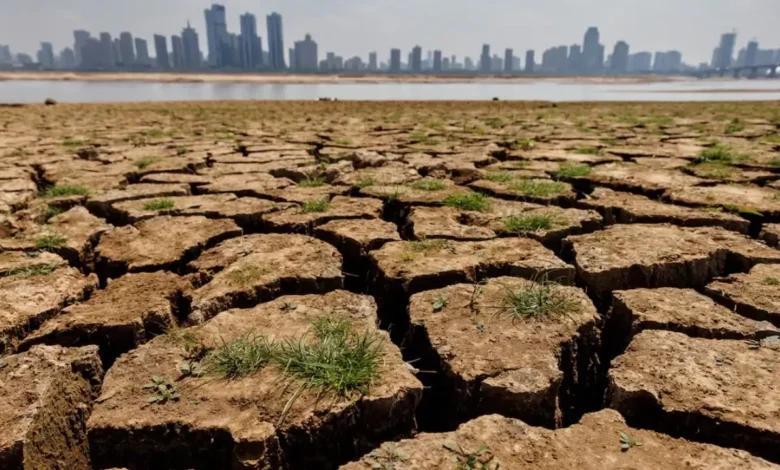A UN organization predicts that global temperatures are projected to rise by more than 1.5°C during the next five years.

Global temperatures will probably continue to rise, according to a recent assessment from the World Meteorological Organization (WMO), a UN organization based in Geneva. There is an 80% possibility that at least one year between now and 2029 will be even hotter.
Over the next five years, the earth is expected to see temperatures that are between 1.2 and 1.9 degrees Celsius higher than pre-industrial levels (1850–1900), according to the Global Annual to Decadal Climate Update.
The World Meteorological Organization (WMO) projected that the average world temperature in 2024 was 1.34 to 1.41 degrees Celsius higher than pre-industrial levels (1850-1900). According to the WMO, the average warming over the next 20 years, from 2015 to 2034, will be approximately 1.44 degrees Celsius higher than pre-industrial levels.
According to the analysis, there is a startling 86% possibility that, in at least one of the next five years, global average temperatures will rise by more than 1.5 degrees Celsius over pre-industrial levels, and a 1% chance that one of those years would see warming of more than 2 degrees Celsius.
The five-year average alone has a 70% likelihood of surpassing this 1.5 degree cutoff.
The WMO emphasized that the Paris Agreement’s 1.5 degree Celsius objective is based on long-term averages spanning 20 years, thus it hasn’t been crossed yet.
These short-term increases, however, are indicators of a worsening climate problem.
Regional precipitation consequences are also highlighted in the prediction, with wetter-than-normal weather anticipated in South Asia, northern Europe, and the African Sahel. On the other hand, the Amazon region may continue to experience drought.
Compared to the rest of the world, the Arctic is experiencing an even more dire scenario. It is predicted that the average Arctic temperature would rise by 2.4 degrees Celsius during the next five winters (November to March), which is more than three and a half times the increase in the global average temperature.
It is anticipated that sea ice will continue to recede, especially in the Barents, Bering, and Okhotsk Seas, which will raise sea levels and cause global weather disruptions.
The UN agency called for climate action as the globe enters this crucial window in order to maintain long-term warming below the 1.5 degree Celsius limit and avoid even more disastrous warming in the decades to come.